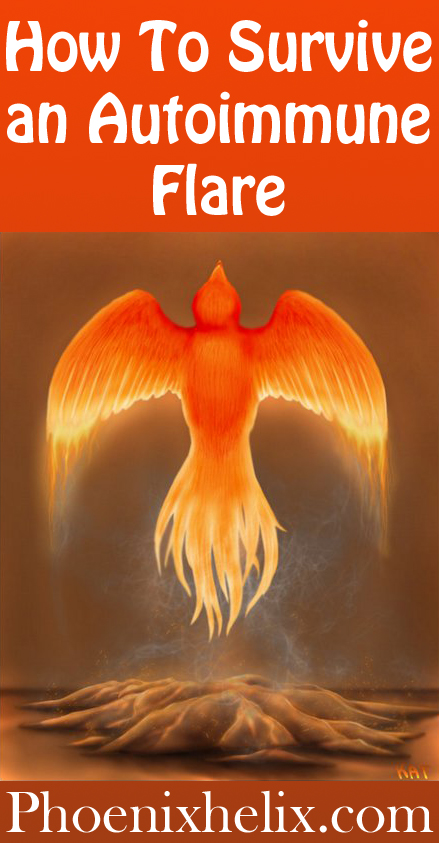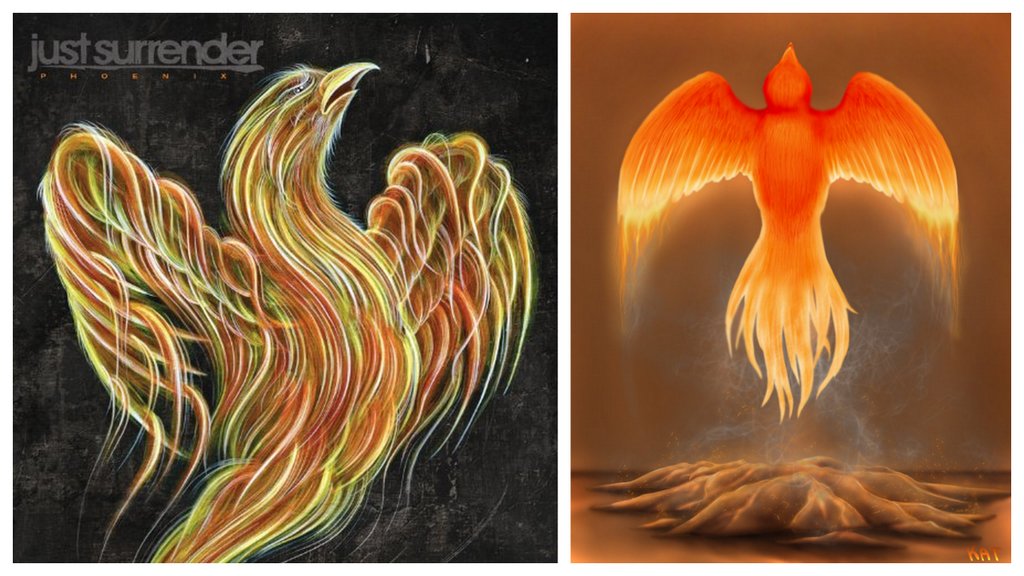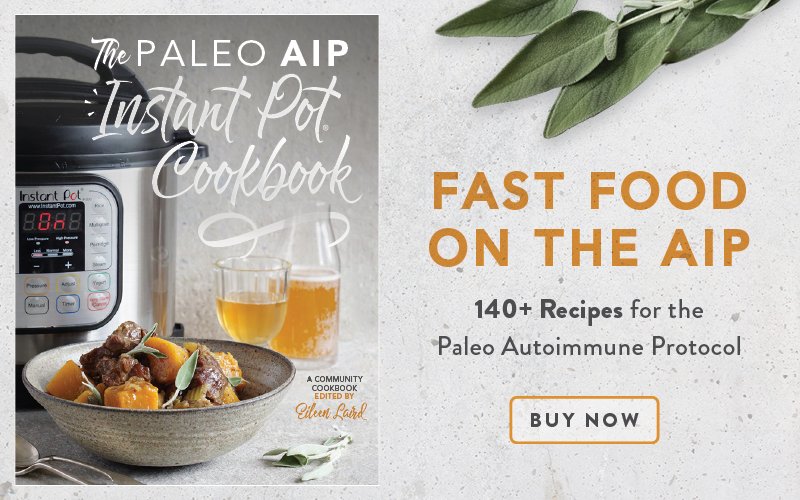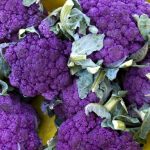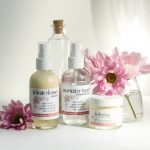“The phoenix hope
can wing her way through the desert skies
and still defying fortune’s spite
revive from ashes and rise.”
~ Miguel de Cervantes
Best of Phoenix Helix
I have been writing this blog 8+ years, and there are now over 700 posts including articles, podcasts, and recipes. I know that’s a high number for people to read. So, this summer, I’m featuring some of the best articles you might have missed. Today, I share 20 tips to make it through your toughest days.
When I was in the peak of rheumatoid arthritis and flaring every day, I searched for images to give me strength and hope, and I found the two at the top of this post. The phoenix on the left expressed exactly how I felt, like I was burning alive. The one on the right expressed my hope: that I could rise above it, that I wouldn’t always feel this way. I remember showing these to my friend Kirsten, and she said, “Eileen, just remember that the bird on the left looks incredibly strong to me. She’s a survivor, and so are you.”
Survival Tips
- Don’t let a flare define your world. Having a flare doesn’t mean you’re not healing. When you’re new to a healing diet, it can take time for the flares to begin to go away. Look for them to diminish in number and intensity, and pay attention to the lengthening time between flares. When it comes to autoimmune health, seek progress, not perfection.
- Make yourself a priority. This is a time to take care of yourself. If you’re used to taking care of others and also have a busy life, you might be in the habit of putting yourself last. During a flare, you need to put yourself first. Cancel any optional obligations, and ask your loved ones for help.
- Relieve your pain. For many autoimmune diseases, a flare means intense pain. Don’t feel any guilt about relieving it with medication. It’s not healthy to suffer with pain.
- Sleep. For many autoimmune diseases, a flare also means intense fatigue. For all human beings, sleep is when the body heals and regenerates. Go to bed early, sleep in late, take naps. I know that sometimes the symptoms of a flare can make sleep difficult. Prop yourself with pillows for greater comfort, and just do your best to rest, any way you can manage it.
- Focus on healing foods. Drink lots of bone broth, eat organ meat. Homemade soups are especially nourishing during this time.
- Drink ginger honey tea between meals. It’s a natural anti-inflammatory and digestive aid. Grate or mince some fresh ginger root (about a teaspoonful) into your mug and pour some boiling water over it, cover and leave for 3-5 minutes. Pour through a small sieve and add raw honey to taste.
- Don’t binge. During a flare, it’s easy to think, “Screw it! I feel awful anyway, I’m going to do whatever I want.” And then you binge on unhealthy food, which unfortunately amplifies and lengthens the flare. It may be called comfort food, but it really should be called pain-inducing food. You deserve better. Choose healing foods that provide the real comfort instead.
- Detoxify: Health is a constant balance of nourishment and detoxification, and during a flare, you need support in both areas. Try a gentle detoxifying bath.
- Cry. I remember once when I was fighting back tears, a wise woman said to me, “Tears are healing, so don’t fight them. Let them flow.” It’s true. Grief is part of the process. And tears are even detoxifying.
- Laugh. This sounds counter-intuitive, right? How can you laugh when you feel awful? But this is the time you need to laugh the most. It’s a natural pain reliever. Famed author, Norman Cousins, treated his ankylosing spondylitis through laughter therapy, saying it was the best pain relief he could find. So watch a funny movie or TV show, trusting that it’s medicine. Here’s a list of 25 things that make me laugh.
- Practice self-love. During flares, we can get very angry with our bodies, feeling like they’re attacking us. But our bodies are doing the best they can to heal, and they need our love in these moments more than ever. In spite of what the doctors may say, our bodies are our allies, not our enemies.
- Meditate. You may think that meditation is impossible during a flare, but for me, it was essential. There’s the physical reality of a flare, which is intense, but strong emotions can make a flare even worse. I would get angry and full of rage. I would get terrified that it would never stop. My heart would race, and the inflammation in my body would ramp up. That’s the opposite of what I needed. Meditation didn’t take away my physical pain, but it calmed me down and restored a feeling of emotional and mental peace, which are healing emotions. Meditation isn’t just for the masters. 15 minutes can do wonders. Read this article for easy ways to meditate. And here’s a podcast on how to meditate when you’re in pain.
- Journal. Sometimes, we need to express our emotions before we can let them go, and journaling is a wonderful way to do that. If you’re not a writer, keep a visual journal. Art therapy is equally powerful.
- Music therapy: We’ve all been moved by music. Some songs make us want to dance, others make us cry, others make us simply stop and listen, because they’re so beautiful. During a flare, the type of music that soothes you might be soft, like a caress. Or it might be a loud song that does the screaming for you. Choose whatever music speaks to your soul.
- Hug therapy. Hugging release oxytocin, which is a hormone that calms the body down and makes us feel good. And it works whether it’s your spouse, your child, your sister, your friend, or your pet. There’s even a study that says hugging yourself can reduce pain. So, fill up on gentle hugs. There’s no limit.
- Sunshine medicine. If the weather is nice, lie in the sun for 15-30 minutes. Its warmth soothes, being outdoors refreshes, and the Vitamin D you get from the sun’s rays helps the body heal. However, some autoimmune diseases come with heat intolerance or sun sensitivity. If that’s you, enjoy some time in the cool shade instead. You can still feel the comfort of a soft breeze on your skin, watch the light play on the leaves, and listen to the calls of birds. Nature is an experience for the senses that activates the relaxation response that our body needs.
- Harness the mind-body connection. When you’re in a flare, it’s natural to obsess on it, but doing so can make the flare worse. If you have identified the cause of the flare, it’s also easy to fall into the trap of replaying the scene in your mind, wishing it had never happened. But the brain is interesting – each time you replay a scene, it’s like it’s happening again in the present moment. This can lengthen a flare, which you absolutely don’t want. So, instead, any time you find yourself obsessing, take a deep breath, and visualize the flare in your past, not your present. Then, visualize something that makes you happy, and focus on that instead. This can take practice, but the more you do it, the more you’ll notice when you’re obsessing, and the easier it becomes to replace that obsession with a positive image.
- This too shall pass. Remember that flares are temporary. When you’re in the midst of one, it’s easy to forget. Every flare I had, I feared it wouldn’t stop, even though flares by design, are temporary. So, fight that fear by saying the mantra, “This too shall pass”, over and over, until the fear is gone.
- Surrender. We have such negative associations with this word. We think it means giving up. In reality, it simply means letting go. When I would flare, I would tense up (of course), and would feel myself fighting to try to make the flare go away. This had the opposite effect every time. It was like my flare fought back. Surrender simply means accepting the reality of the moment. It can actually feel very peaceful. For me, I make better choices for nurturing myself through a flare, once I accept it’s happening.
- Flares are not failures. Flares are hard enough without adding blame and shame on top. We are so much harder on ourselves than we are on others. Today, treat yourself like you would a best friend. You don’t need to be perfect to be worthy of health and happiness. And the truth is that sometimes flares happen no matter what we do. It’s the nature of autoimmune disease. It doesn’t mean our efforts don’t matter. They do! The goal is for flares to become less frequent, less severe, shorter in duration, and to be kind to ourselves through it all. Whether you know the cause of this flare or not, I want you to know this: You are not a failure.
You May Also Be Interested In
with Jeff Warren
Credit: The phoenix images at the top of this post come from two sources: the one of the left is an album cover by the aptly named band, Just Surrender. The phoenix on the right is by the talented artist, Katrina Bonebrake.

